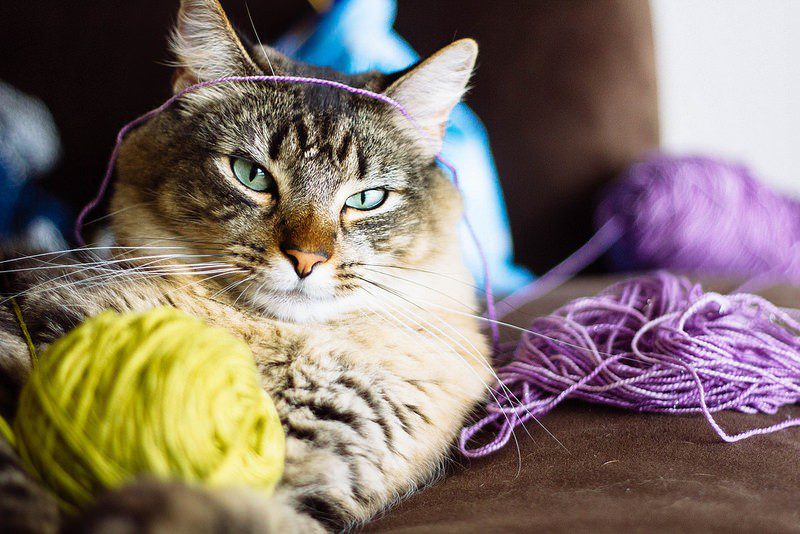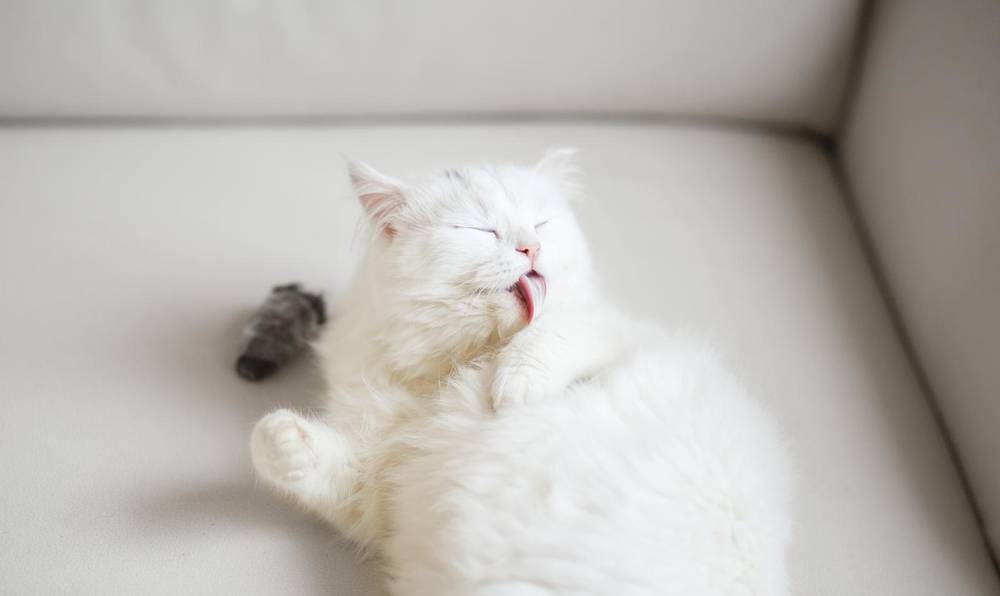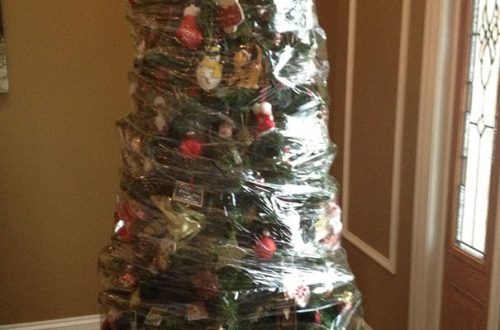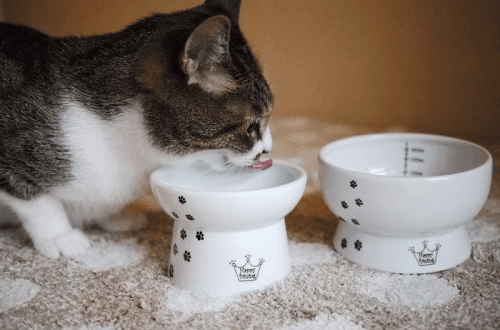
Why does a cat eat wool and why is it dangerous?

Cats don’t wash their faces just because they want to be clean. For animals, it is also a method of calming, expressing love and a necessary measure to protect wool from moisture. In the process of washing, the cat removes the fallen hairs from its coat with the help of a rough tongue. And, since she can’t just spit them out, they end up in the stomach.
Some of the hairs are excreted with the help of vomiting, others – in the feces. But, if there is too much hair, they form clumps, which can be very dangerous.
Contents
How do you know if a cat has problems?
You should contact your veterinarian if you notice any of the following symptoms in your pet:
Dry cough. So the pet is trying to provoke a gag reflex.
Vomiting. It helps when there is little hair.
Appetite changes. A hungry cat asks for food, but because the stomach is full, she cannot eat.
Constipation, bloating. When the hair mass descends into the intestines, it provokes constipation, abdominal pain.
Apathy, drowsiness, increased salivation. At the stage of intoxication of the body, the cat becomes sleepy, lethargic, vomiting and diarrhea are possible. In this case, it is necessary to urgently take the animal to a veterinary clinic.
It is clear that it is quite difficult to completely rid a cat of fallen hair and prevent it from entering the stomach. However, there are a number of preventive measures that will help to rid your pet of accumulated hairs in time.
Prevention of hairball formation
During the period of abundant molting of the pet, it is especially important that the owner pays due attention to preventive measures. And the owners of long-haired cats should monitor these processes constantly. There are some of the most effective methods:
Timely combing
Cats with long hair are recommended to be scratched daily in spring and autumn – during the period of active hair change. Short-haired pets can be combed less often: three to four times a week should be enough.
Grass for the cat
Sprouted wheat or oats are also stomach cleansers. But be careful: in some cases, veterinarians recommend using a special paste to help get rid of hair in the stomach.
How to get hair out of a cat’s stomach?
If it was not possible to prevent the occurrence of this problem, you should think about how to solve it. There are several ways:
Hair removal paste. Due to its composition, the paste promotes the natural removal of hair from the cat’s gastrointestinal tract. In addition, it improves appetite and digestion.
True, this paste may be useless if there is too much wool. Before use, consult a veterinarian.
Hair removal pills. According to the principle of action, they are similar to paste.
Hair removal food. For example, in the Royal Canin line there is Hairball Care food to prevent the formation of hairballs in the cat’s stomach.
Eating Disorders
Interestingly, wool can enter the body of an animal not only in the process of washing. Rarely, but still among cats, there are those suffering from an eating disorder. So, one of the most common deviations is the eating of wool and wool products. Why do cats eat wool?
Reasons for eating wool
To date, veterinarians cannot name the exact reasons for the development of picacism in cats – a phenomenon in which animals consume inedible objects. However, doctors suggest that this may be due to psychological disorders or a lack of nutrients in the pet’s diet. Most often, such a strange and unusual habit appears in cats due to stress or early weaning from the mother cat.
If you notice that your pet is eating or sucking wool, sweater, laces or fabric, take him to the veterinarian. The pet needs a full examination. Only a specialist will be able to establish the exact cause of the development of the deviation and prescribe the appropriate treatment and diet.
14 May 2018
Updated: 19 May 2022





